The Art of Handcrafting Conventional Fishing Rods: A Timeless Craft for Anglers
For centuries, fishing has been more than a hobby; it’s a connection to nature, a test of patience, and a celebration of craftsmanship. Among the many tools that define this tradition, the conventional fishing rod stands out as a testament to human ingenuity. Unlike modern, high-tech rods, these handcrafted wonders blend precision engineering with artistry, often paired with conventional reels that have stood the test of time. In this guide, we’ll dive into the world of handcrafting conventional fishing rods, exploring their history, the meticulous process behind their creation, and why they remain a cornerstone of angling culture.
The Legacy of Conventional Fishing Rods and Reels
Before the rise of graphite composites and digital gadgets, fishing rods were built to last—literally. Rooted in traditions passed down through generations of craftsmen, conventional fishing rods are defined by their simple yet functional design: a flexible shaft, guides (or “eyes”) to direct the line, and a reel seat for securing the reel. The conventional reel, typically a spincast or baitcasting design, complements this setup with its mechanical precision, allowing anglers to cast with control and finesse.
What sets these rods apart? Their durability. Handcrafted from high-quality woods (like ash, cedar, or bamboo), fiberglass, or early graphite blends, each rod is a labor of love. Unlike mass-produced options, they’re built to withstand the rigors of saltwater, freshwater, and everything in between, making them a trusted companion for both casual anglers and seasoned pros.
The Craftsmanship Behind Handcrafting Conventional Fishing Rods
Creating a handcrafted conventional fishing rod is a labor-intensive process that demands skill, patience, and an eye for detail. Here’s a breakdown of the key steps:
1. Design & Blueprinting
Every great rod starts with a vision. Craftsmen sketch prototypes, considering factors like length (6ft to 12ft+), action (slow, medium, or fast), and target species. The choice of materials—wood for classic appeal, graphite for sensitivity—hinges on the intended use.
2. Selecting & Shaping the Shaft
The rod blank (the foundation) is meticulously shaped using specialized tools. For wooden rods, artisans steam-bend wood to achieve the perfect curve, ensuring balance and flexibility. Fiberglass or graphite blanks are molded under heat, then sanded to precision—no two blanks are identical, as each reflects the craftsman’s touch.
3. Adding Guides & Wraps
Guides, usually made of corrosion-resistant metal or high-strength plastic, are spaced along the shaft using geometric calculations to optimize line flow. Each guide is secured with thread wraps, often dyed in vibrant colors—turning functionality into art. For traditionalists, these wraps are a point of pride, showcasing intricate patterns that tell a story of craftsmanship.
4. Reel Seat & Handle Assembly
The reel seat, where the conventional reel attaches, is carefully fitted to ensure a snug, secure fit. Handles (often wrapped in cork or EVA foam) are shaped for comfort, with contours designed to reduce fatigue during long casts. Every curve, every groove, is calculated to enhance the angler’s experience.
5. Finishing Touches
Finally, the rod is sealed with a protective coating—whether a glossy epoxy for durability or a subtle varnish for a natural wood finish. This step not only safeguards against the elements but adds a timeless aesthetic, making each rod a piece of functional art.
Choosing the Right Conventional Rod & Reel Combo
Selecting a handcrafted conventional fishing rod isn’t just about function—it’s about finding a tool that aligns with your fishing style. Consider these factors:
- Action: A “slow action” rod bends deeply, ideal for finesse techniques like jigging; a “fast action” rod flexes near the tip, perfect for casting lures at distance.
- Length: Shorter rods (6–7ft) excel in tight spaces (e.g., creeks), while longer rods (8–12ft) offer better reach for open water.
- Reel Compatibility: Conventional reels (spooled with monofilament or braid) pair seamlessly with conventional rods, offering smooth drag systems and reliability for species like bass, trout, or saltwater game fish.
When investing in a handcrafted rod, look for craftsmen who prioritize quality—after all, a well-made rod can last decades, becoming a cherished part of your angling legacy.
Caring for Your Handcrafted Conventional Fishing Rod
To preserve the beauty and performance of your rod, follow these simple tips:
- Store it properly: Hang vertically or lay flat to prevent warping.
- Clean after use: Rinse with fresh water to remove salt, sand, or debris; dry thoroughly to avoid mold.
- Inspect guides and wraps: Tighten loose guides and touch up frayed wraps to maintain structural integrity.
- Avoid extreme temperatures: Store away from direct sunlight or freezing conditions to prevent material damage.
The Timeless Appeal of Handcrafted Fishing Rods
In an era of disposable gadgets and mass-produced gear, handcrafting conventional fishing rods reminds us of the value of patience, skill, and connection to tradition. These rods aren’t just tools—they’re heirlooms, each bearing the mark of the craftsman who poured their heart into creating something both beautiful and functional.
Whether you’re a newcomer to fishing or a seasoned angler seeking a connection to the past, a handcrafted conventional fishing rod paired with a reliable conventional reel offers a fishing experience like no other: one where every cast feels like a tribute to the art of angling.
Ready to try one? Seek out local artisans or reputable makers—your next catch might just be the start of a lifelong relationship with a truly special fishing rod.



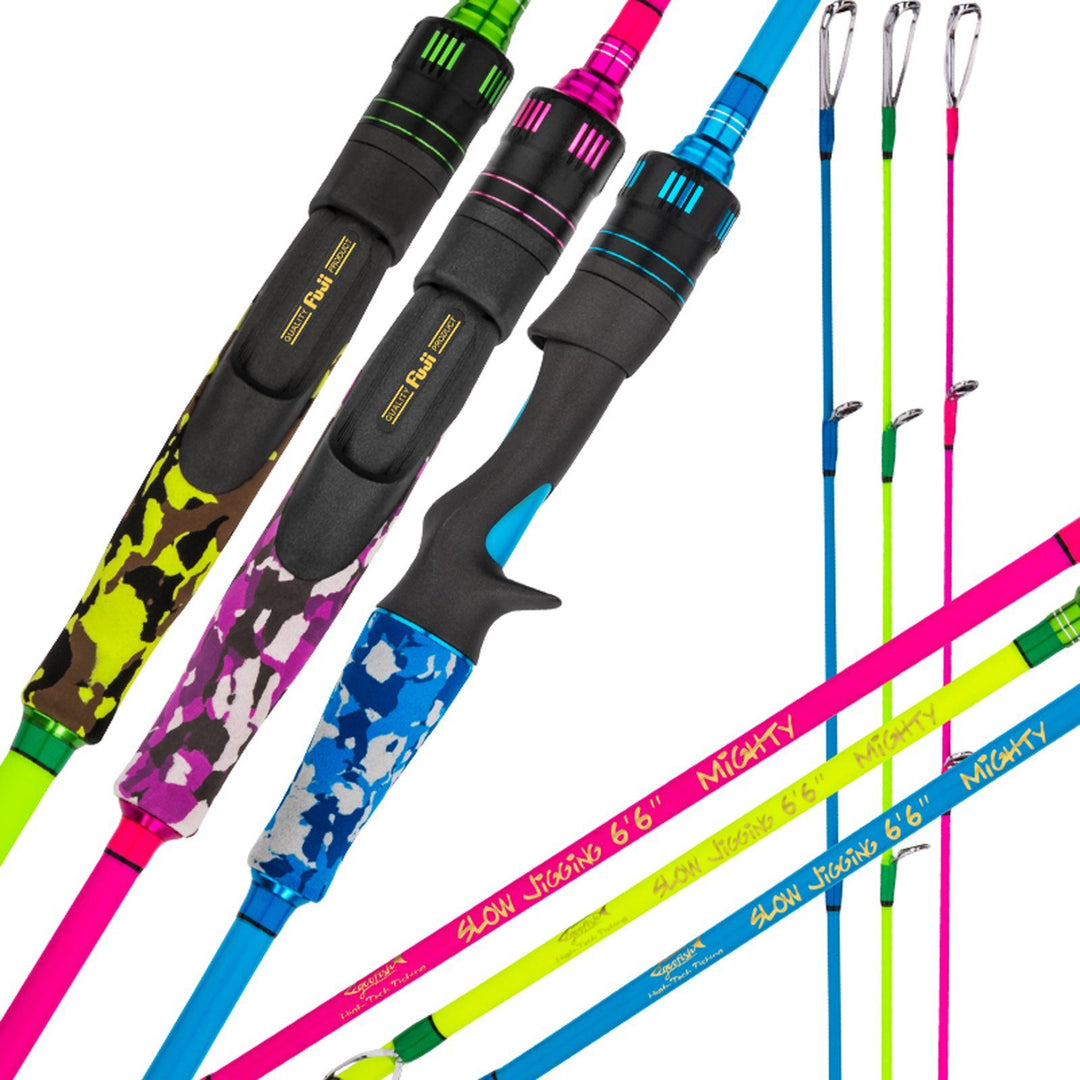
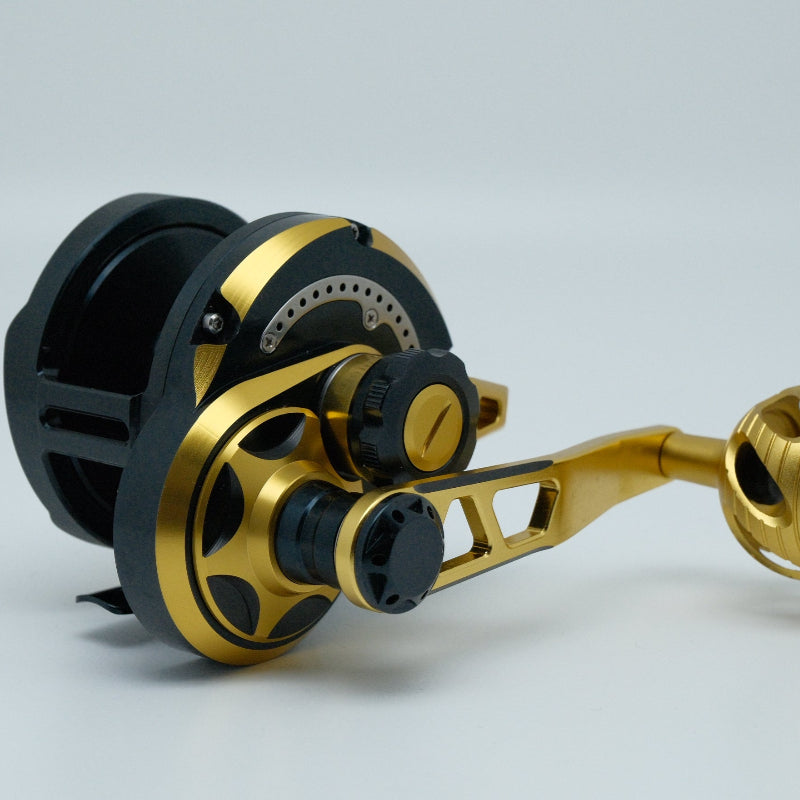
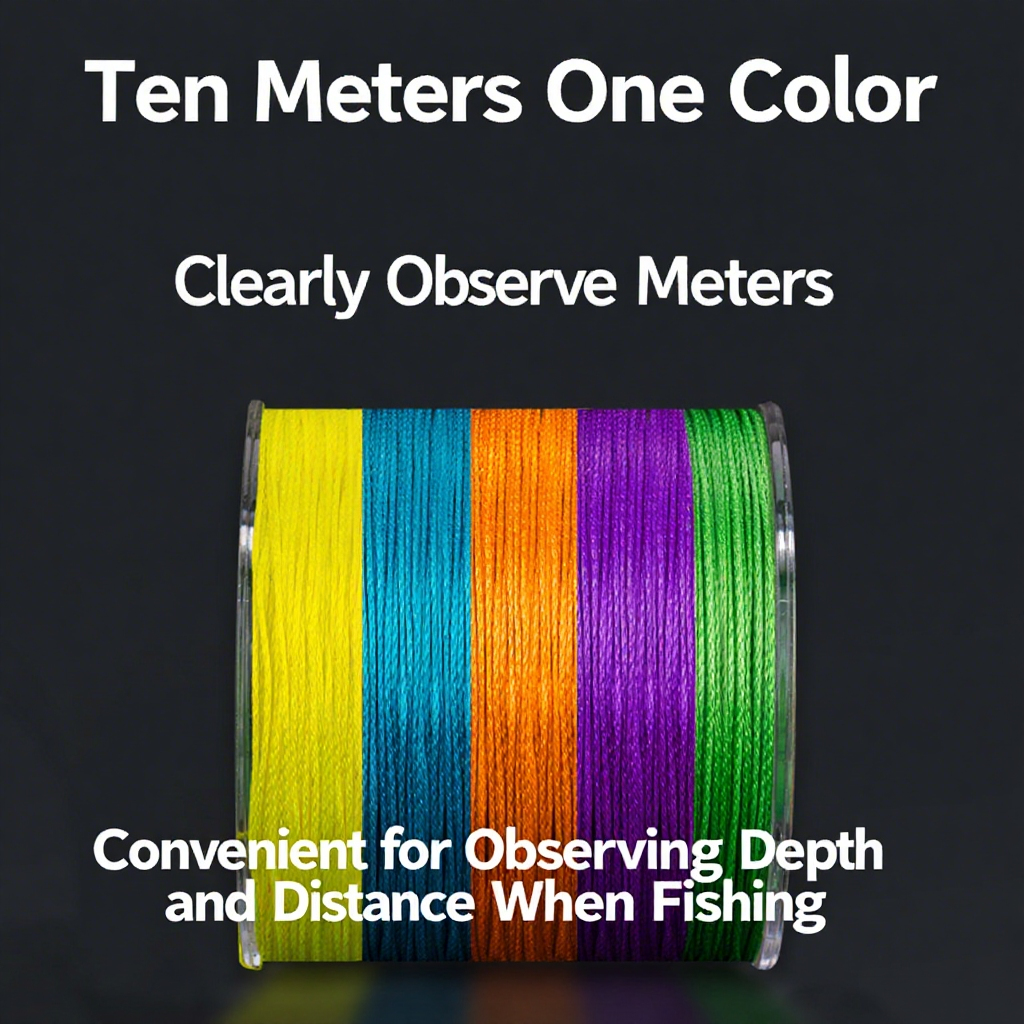
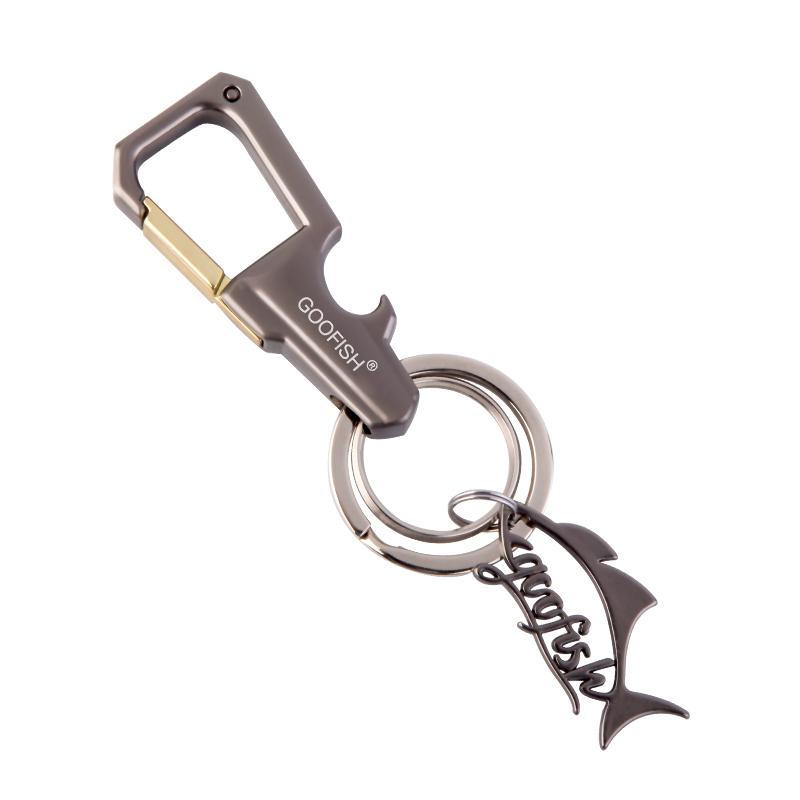

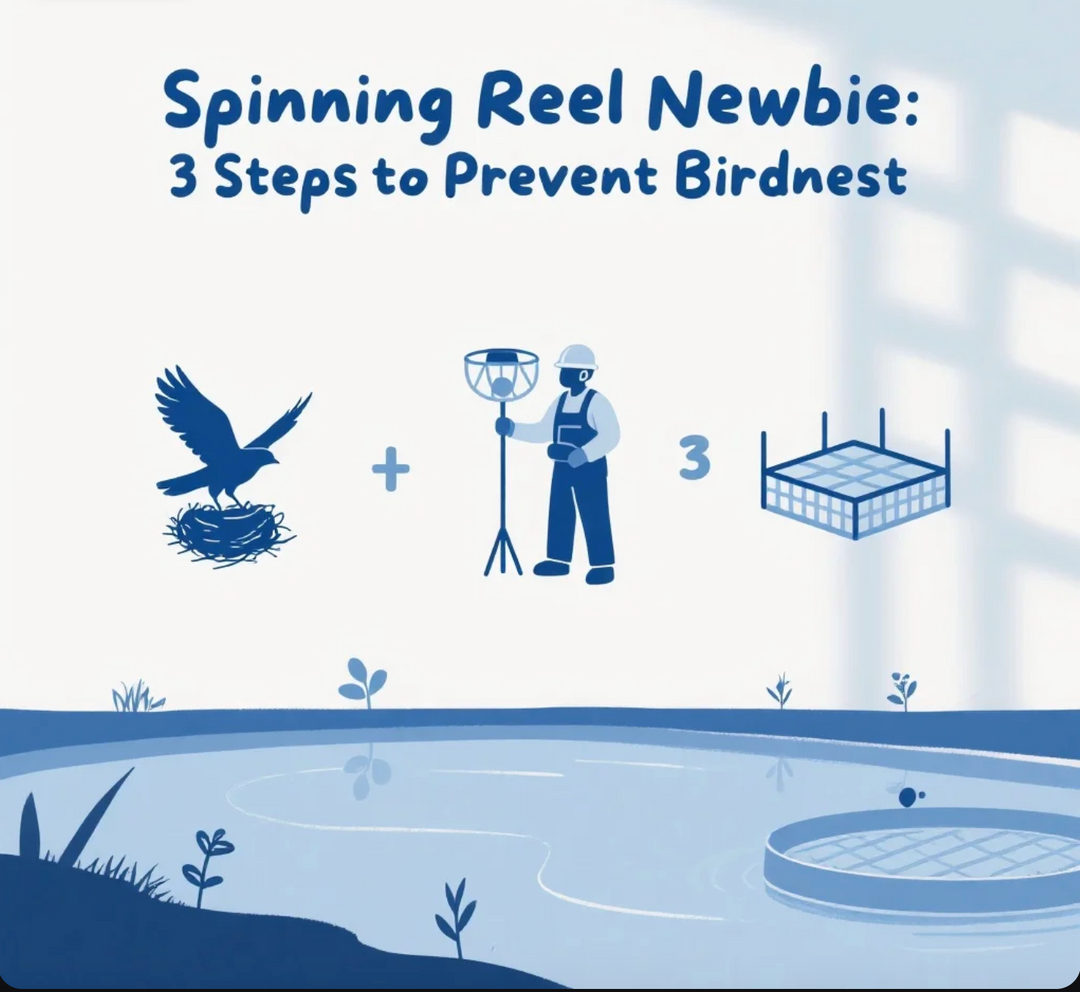


Leave a comment